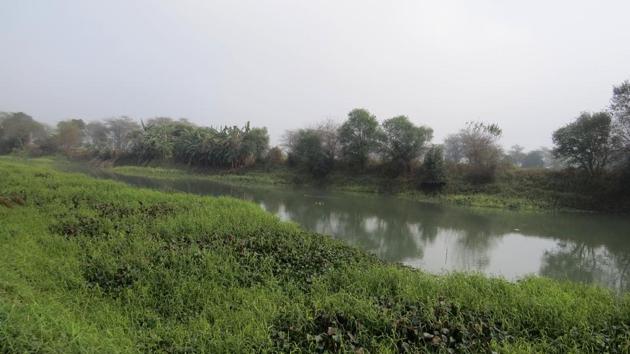Global warming: Migratory birds’ count dips at Kanjli wetland this year
The low turnout of migratory birds at Kanjli — Punjab’s smallest wetland featuring in the Ramsar list, has disappointed bird-watchers again this season.
The low turnout of migratory birds at Kanjli — Punjab’s smallest wetland featuring in the Ramsar list, has disappointed bird-watchers again this season.

As per the latest Asian Waterbird Census (AWC), lesser diversity of migratory birds has been witnessed at the wetland this year as compared to last year.
This year, the wetland has seen only five long-distant winter migratory waterbirds from Central Asia, North Asian region; last year eight water bird species had been spotted here.
Also read | Kanjli wetland: From a picnic spot to haven for drug addicts
The census was carried out by ecologist and AWC Delhi state coordinator TK Roy, with support from the state forest and wildlife department’s Kapurthala division, in the end of January.

During the census, they recorded a total of 15 waterbird species at Kanji with the population of 233 in comparison to last year, when 14 specie diversities with the population of 263 was recorded.
Roy said, “Out of the 15 species, 10 are of resident waterbirds and 5 of long-distant winter migratory waterbirds from Central Asia, North Asian region.”
He added that this time one bird of IUCN red-listed threatened species (Common Pochard) has also been stopped at the wetland after many years.
“Global climate change has an impact on the migration trend of migratory birds; as a result, the arrival of birds is in lesser numbers, at the wetland. The total population has partially decreased as compared to last year,” said Roy.
“Even the population of dominating resident species of Common Moorhen has decreased this year,” Roy added. The world-famous wetland at Kapurthala that got recognised at Ramsar Convention, an international body for the conservation and utilisation of wetlands in 2012, is nowadays used by drug users and other anti-social elements as it is isolated and abandoned.
ASIAN WATERBIRD CENSUS (AWC)
AWC is the largest waterbird census and a part of the International Waterbird Census (IWC) of the Wetlands International, which is carried out in Asia and Australia simultaneously, once in a year, across 27 countries by national network of volunteers and partner organisations in coordination of a national coordinator and state coordinators. The aim of this census is to maintain an overview of the population size, status and trends of waterbirds for wetland and waterbirds conservation.




